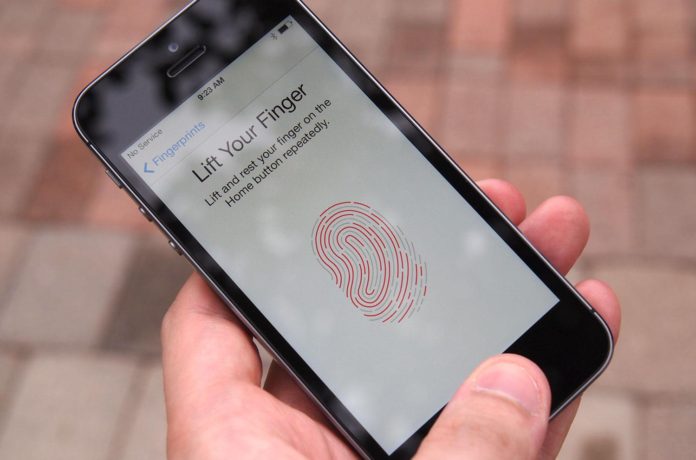You may be one of the many millions of people who own a smartphone that requires your fingerprint to gain access to it. This is all good and well, and at first, it may seem like a pretty good way to keep your data secure. But, how does your phone know if it’s a real finger or a fake one that’s being used?
A study is being conducted at Michigan State University currently to try and answer that very question and more. Biometric Anil Jain, a University Distinguished Professor and doctoral student, Joshua Engelsma first set to work creating a fake finger that contained various properties of human skin. Two of the most predominant types of fingerprint readers were used as part of the research in order to help determine their robustness against security threats like fake fingers.
The team created the fake fingers using various materials including silicone, silicone thinner, and pigments. “What makes our design unique is that it mimics a real finger by incorporating basic properties of human skin,” said Jain. Compared to other fake fingers out there, this one has the mechanical, electrical, and optical properties of human skin. “It will help motivate designers to build better fingerprint readers and develop robust spoof-detection algorithms,” he continued.
Having more resilient fingerprint readers is essential as they are beginning to be used all over including for banking, law enforcement, and border security. One particular use that synthetic fingers are for will be in the testing of recognition accuracy between various types of readers. At the moment, recognition accuracy seems to dwindle when the results of the same fingerprint taken using two different readers are compared. For example, if an optical fingerprint reader is used to capture a fingerprint, then a capacitive reader later tries to authenticate it, there’s little chance it will work even though it’s the same fingerprint.
“Consumers need to know their fingerprints and identity are secure, and vendors and designers need to demonstrate to the consumers the technology is not only accurate but also resilient to spoof attacks,” said Jain. The next phase of Jain’s research has already begun and involves designing and building a fingerprint reader in which to test out spoof-detecting capabilities. Jain and team are also working on algorithms that will ensure the fingerprint reader is more resilient against spoof attacks.
More News to Read
- Are Enzymes the Answer to Curing Diseases Such as Cancer and Diabetes?
- NASA’s First 3D Printed Rocket Part is Ready for Testing
- New Breakthrough, Now Cells Can Be Programmed to Fight Disease
- Researchers Discover Bacteria Can Damper the Effects of Chemotherapy
- Physicists Decipher Magnetic Ordering in New MultiFerroic Material

